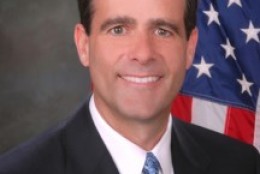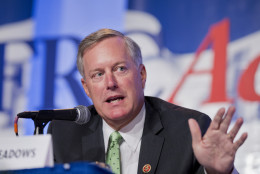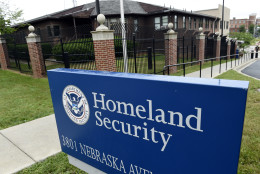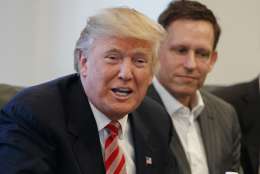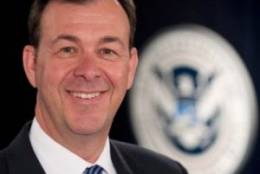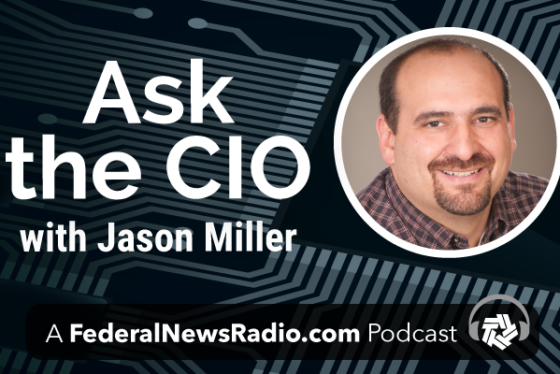Cybersecurity
-
With agencies making slow, but steady progress under phases 1 and 2 of the continuous diagnostics and mitigation (CDM) program, the Homeland Security Department and the General Services Administration are exploring whether agencies will need a new model for Phase 3.
February 06, 2017 -
The House Oversight and Government Reform and Homeland Security committees released oversight plans for the 115th Congress, both of which included cybersecurity and IT modernization.
February 06, 2017 -
Janice Haith, who retired Feb. 2 after 34 years in government, including the last six years as the Department of Navy’s deputy CIO for the U.S. Navy, said the DoN has seen millions of dollars in savings moving to an enterprise software license approach.
February 03, 2017 -
As federal agencies continue their push to improve online service, cybersecurity and fraud prevention will stay in the mix of concerns. Several new technologies and strategies for better identity management have emerged. Alan Webber, research director for national security at IDC Government Insights, shares more on Federal Drive with Tom Temin.
February 03, 2017 -
One think tank has advised the Trump administration to reogranize the Homeland Security Department to focus more on cybersecurity. Mark Weatherford, DHS' first deputy under secretary for cybersecurity and now chief cybersecurity strategist at vArmour, share's his take on Federal Drive with Tom Temin.
February 03, 2017 -
At the recent State of the Net conference in Washington, Lior Div, co-founder and CEO of the cybersecurity company Cybereason had advice for how the Trump administration can plug government's many cybersecurity holes. Div shared his insight on Federal Drive with Tom Temin.
February 03, 2017 -
IT leaders at the Office of Personnel Management say the agency has one major database left to encrypt, which contains some high-value assets and personally identifiable information for security clearance holders and federal employees.
February 02, 2017 -
The Transportation Security Administration has long been working with outdated IT security protocols and equipment. In response, the Homeland Security Inspector General has said the agency is making progress to ensure its IT infrastructure is more stable and secure. Sondra McCauley, DHS assistant Inspector General for IT Audits, explains the updates with Eric White on Federal Drive with Tom Temin.
February 01, 2017 -
President Donald Trump decided not to sign a new cybersecurity executive order on Jan. 31, but more specifics of the plan to secure federal and private sector networks emerge.
February 01, 2017 -
Maria Horton, CEO of EmeSEc, explains why having a strong cyber incident response plan is critical to your organization’s success.
January 31, 2017 -
Cyber experts say the nation’s challenges are well known and another set of reviews, as proposed by the Trump administration, is delaying the real work to fix vulnerabilities and mitigate risks.
January 30, 2017 -
Sources confirmed CIOs from State, DHS, EPA and OPM and the CTO from VA talked a variety of issues with the Trump transition team toward the end of Obama administration.
January 30, 2017 -
Government contractors are in the dark about what President Donald Trump’s administration has in store, just like everyone else. But government contract lawyers from law firm Crowell and Moring are making some speculations.
January 27, 2017 -
The Defense Department is having a particularly tough time integrating mobile technology into its mission, largely because every attempt to link it to the Common-Access-Card has been too cumbersome. But DISA’s Purebred program may have found a way to bypass the CAC altogether.
January 25, 2017 -
When Army officials decided to launch the service’s first-ever bug bounty, one of the key questions they wanted to answer was whether sensitive personnel records were vulnerable to theft by hackers via the Army’s public-facing websites. As it turns out, the answer was yes.
January 24, 2017


